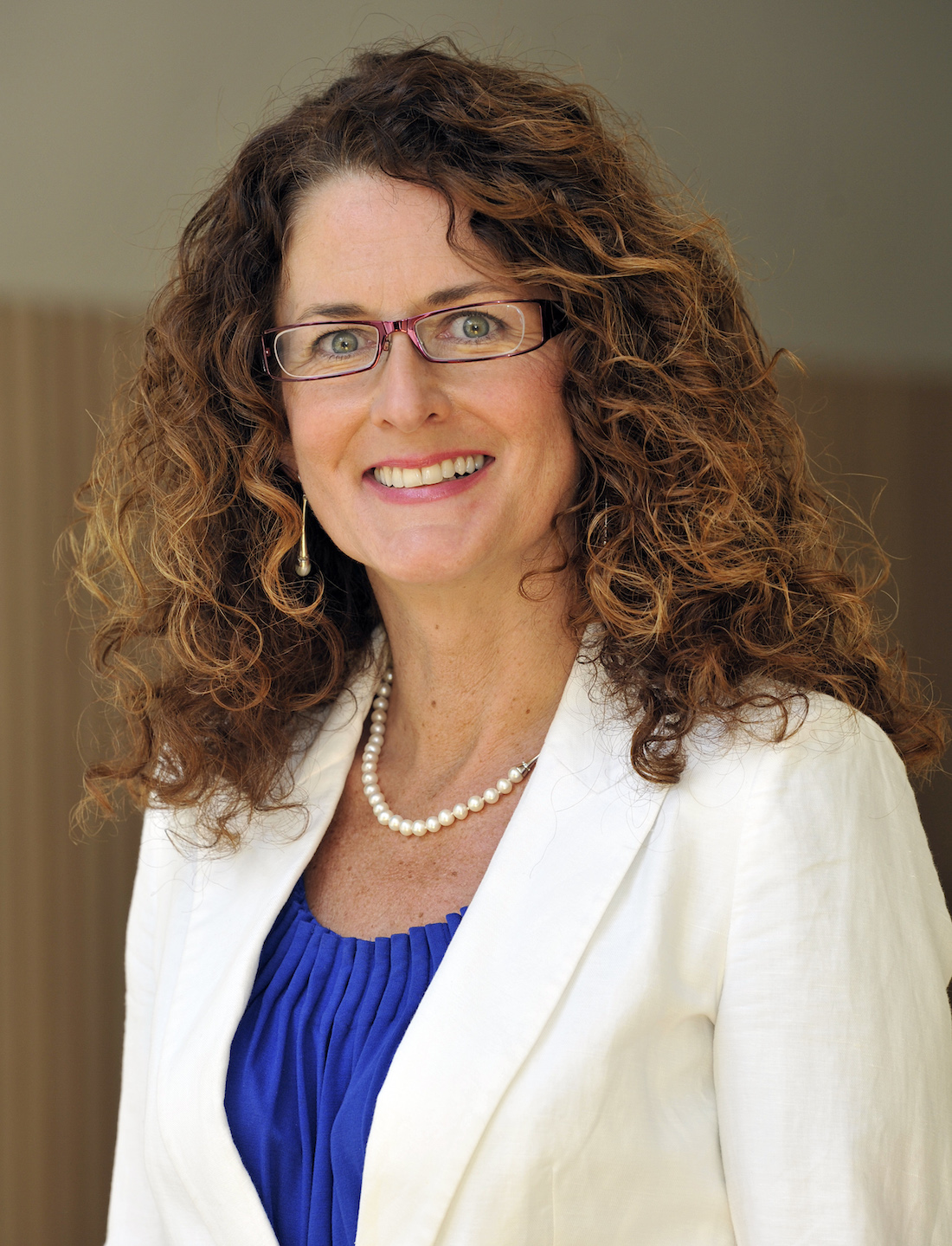SaferNeuron Case Studies – Next Generation Risk Assessment and Safe and Sustainable by Design Results, Recommendations and Discussion
The SaferNeuron solution initiative aims to demonstrate a practical, scalable workflow for early decision-making on neurotoxicological hazards, occupational and consumer-oriented human risk, environmental and sustainability assessment, and including an implemented Safe-and-Sustainable-by-Design (SSbD) framework. In this webinar, we will present our results of our multi-compound case study exercise, integrating AI-assisted evidence mining, computational modelling, exposure assessment, and targeted New Approach Methodologies (NAMs) to evaluate human neurotoxicity risks and identify actionable safety and sustainability insights.Building upon our previously shared Tier-1 analysis—based on background mechanistic knowledge, data from regulatory and public scientific resources, in silico models, and structured expert reasoning—we now incorporate Tier-2 and Tier-3 in vitro NAMs data, mechanistic pathway mapping, IVIVE/PBPK modelling, and weight-of-evidence evaluation. We compare outcomes across case study chemicals relevant to food processing and consumption, industrial chemistry, packaging and coatings, drugs and including worker and consumer exposure contexts, using several chemicals as demonstrated exemplars.We will present refined Margin-of-Exposure (MOE) estimates, uncertainty reduction gained through NAMs data, human relevance interpretation, and mechanistic anchors aligned to AOP frameworks. Exposure control, substitution potential, and SSbD recommendations are summarised for each case, alongside process learning on practical implementation of AI-assisted next-generation risk assessment (NGRA) workflows. We also pursued in this exercise the constraint of time to force the working group to decisions and results in the short time period of several weeks.The session will conclude with guidance for industrial R&D and regulatory innovation: how to deploy transparent, reproducible, human-relevant assessment approaches; where NAMs generate the most value in early decision-making; and how digital first evidence workflows can accelerate safer innovation and regulatory acceptance.Discussion will focus on case study methodology and results including significant audience participation on issues such as use of AI in such work, results and uncertainties, quality and acceptance of evidence, and interpretation.
Speakers:

Paul Jennings (Vrije Universiteit Amsterdam)
Paul Jennings is lead researcher of the Molecular and Computational Toxicology group. His background is in epithelial and renal biology, in vitro cell culture system development and mechanistic toxicology. Paul hails from Dublin Ireland. He did his BSc and PhD at the University College Dublin. He did research in Innsbruck, Austria working with Prof. Walter Pfaller. In 2009 Paul habilitated in Epithelial Physiology (Venia Docendi).

Barry Hardy (Edelweiss Connect)
Dr. Barry Hardy is the Chief Executive Officer (CEO) at Edelweiss Connect where he is leading its team supporting the development of new integrating solutions in industrial product design and safety assessment and the translation of research methods to industrial practice. Example recent commercial developments include the creation of the SaferWorldbyDesign platform (https://www.saferworldbydesign.com/), and the development of the SaferSkin (https://saferworldbydesign.com/saferskin/) and EdelweissData products (https://saferworldbydesign.com/edelweissdata/). He is currently leading the development of risk assessment knowledge infrastructure and solutions, including new approach methods, SaferbyDesign, sustainability and next generation risk assessment solutions (https://www.risk-hunt3r.eu).
Sharon Bryant (Inte:Ligand Gmbh)
Sharon Bryant, CEO at Inte:Ligand GmbH, has more than 30 years experience in computer aided molecular design, working extensively with pharmaceutical, cosmetic, and nutrition industries to provide robust in silico solutions to identify bioactive molecules, provide chemistry design/decision support and preclinical safety prediction models. She was previously at the NIEHS, National Toxicology program, USA, has authored more than 150 scientific publications and is Guest Professor at the University of Vienna, in the Master in Preclinical Drug Discovery program.
[1] The NeuroDeRisk IL Profiler [https://docs.inteligand.com/ndr/il-profiler/]. [2] The NeuroDeRisk Project. [https://neuroderisk.eu/].

Michael Dourson (TERA)
Dr. Michael Dourson is a board-certified toxicologist serving as TERA’s President and Director of Science. Most recently, he was Senior Advisor in the Office of the Administrator at the US EPA. Prior to this position, Dr. Dourson was a Professor in the Risk Science Center at the University of Cincinnati, College of Medicine, and worked at TERA and US EPA. He was awarded the Arnold J. Lehman award from the Society of Toxicology, the International Achievement Award by the International Society of Regulatory Toxicology and Pharmacology, and 4 bronze medals from the U.S. Environmental Protection Agency. He has been elected as a Fellow of the Academy of Toxicological Sciences and as a Fellow for the Society for Risk Analysis. He has co-published more than 150 papers on risk assessment methods or chemical-specific analyses, and co-authored hundreds of government risk assessment documents, many of them risk assessment guidance texts.
